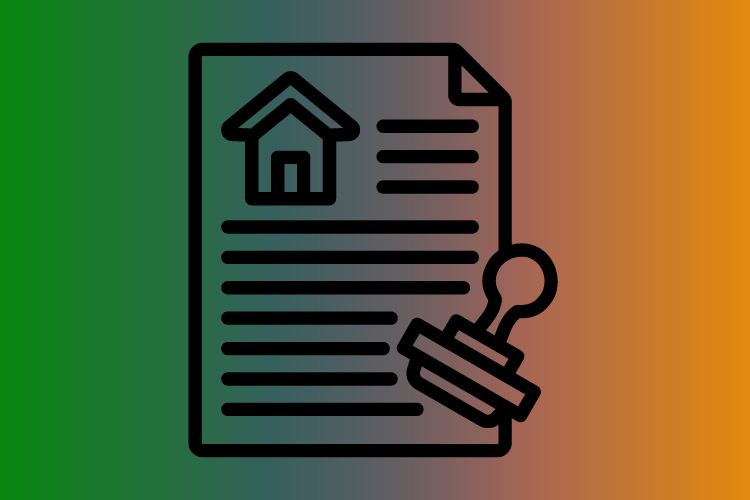Planning Permission: The Complete Guide
If you’re thinking about extending your home or building something new, then you’ve probably heard of planning permission already. Planning Permission is the system for making sure that people can’t just build whatever they want, wherever they want to build it. Planning permission is granted by your local council, working to central government guidelines.
What work needs planning permission?
There’s a lot of confusion about what needs planning permission and what doesn’t. There are no simple rules as each council has different rules. Certain areas such as National Parks or conservation areas have stricter rules. Always check before starting work to see whether planning consent is required. In general terms, if you’re building a new structure where there wasn’t one before, or subdividing up a large property, you’ll need planning permission. Larger extensions and loft conversions will need planning permission too.
Permitted Development
Not all extensions need planning permission due to permitted development laws. This legislation is there to stop the planning permission system dealing with minor issues such as loft conversions and small extensions. The type of project which is classed as permitted development is defined differently in the separate parts of the UK. Your builder should be able to advise on whether your project will need planning permission or not. If there’s any confusion, check with the local Council.
Applying for Planning Permission
Each council has its own portal for applying for planning permission. This can usually be done online. You’ll need to fill in several forms and supply professional drawings showing what your new building or extension will look like. There is also a fee associated with making a planning application which will depend on the size of the project and where you live. Before starting the process search online for the number for your local Planning Office’s helpline – most councils run a helpdesk during office hours to answer queries about planning and the application process.
Publicity and Objections
Once the planning application has been received, the Council will list It on their website. Letters will also be sent through the post to people owning properties adjoining your land. Members of the public have a right to object to any planning application. They have to give reasons why they don’t want it to go ahead, such as a new extension overlooking their garden, or an increase of traffic down a street caused by a block of new flats. Most councils also put all planning applications on a searchable online database.
The Planning Decision
Planning decisions are made by the local Council, not by individual planning officers who just give their opinion and advice. Decisions are made based on all the details you’ve given, and taking into account objections. Permission might be granted, refused or the planners may come back with alternatives, such as making the size smaller, moving a door, changing windows and so on.
There are strict laws about abiding by planning permission. In the worst case scenario, the Council may order building work done without planning permission to be torn down completely.
